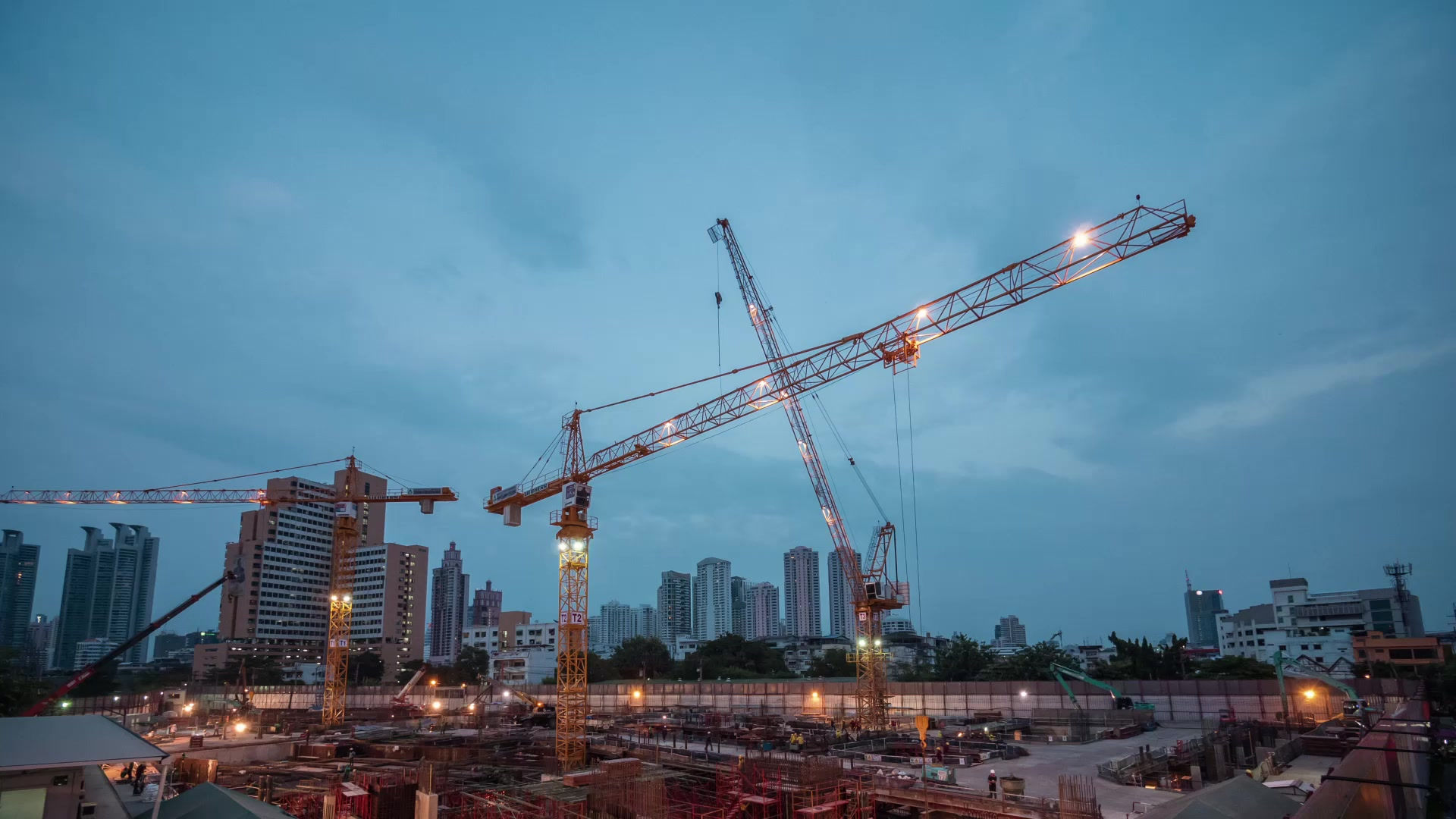Who Needs to Implement Fire Stopping?
- Fire Defence Solutions

- Mar 4
- 3 min read
Fire stopping is a crucial aspect of passive fire protection, designed to prevent the spread of fire, smoke, and heat through walls, floors, and service penetrations. But who is responsible for ensuring these critical safety measures are correctly implemented and maintained?
Under the Regulatory Reform (Fire Safety) Order 2005, fire stopping is a legal requirement for various stakeholders involved in building construction, management, and occupancy. Failing to comply with these regulations can result in fines, legal consequences, or even loss of life. Here’s a closer look at who must take responsibility for fire stopping in buildings.
1. Building Owners & Landlords
Building owners and landlords have a legal duty to ensure their properties meet fire safety regulations. Whether it’s a commercial building, residential block, or mixed-use property, landlords must:
Ensure compartmentation is properly maintained to slow the spread of fire.
Conduct regular fire risk assessments to identify gaps in fire stopping.
Arrange for fire stopping installation and maintenance in compliance with fire safety laws.
For landlords of HMOs (Houses in Multiple Occupation) and multi-tenant buildings, fire stopping is especially important to prevent fire from spreading between individual units, protecting both residents and the structure itself.
2. Developers & Contractors
During the construction phase, developers and contractors must install fire stopping solutions correctly to ensure buildings meet fire safety standards. They are responsible for:
Using approved fire-resistant materials to seal service penetrations, expansion joints, and ductwork.
Ensuring fire stopping is properly tested and certified before project completion.
Complying with Building Regulations Approved Document B, which mandates fire stopping to maintain compartmentation.
Failure to install proper fire stopping during construction can lead to costly rectifications, building code violations, and serious safety risks once the property is occupied.
3. Facilities Managers
For existing buildings, facilities managers play a key role in maintaining fire stopping measures over time. As buildings age, alterations such as new wiring, plumbing, or HVAC installations can create gaps in fire-resistant barriers. Facilities managers must:
Conduct routine inspections to check fire stopping integrity.
Schedule fire damper and penetration seal testing to ensure functionality.
Arrange for repairs and upgrades to maintain compliance with fire safety laws.
Regular fire stopping maintenance is essential to ensure that buildings remain safe, compliant, and fully protected against fire risks.
4. Business Owners
Business owners operating within commercial properties must also ensure fire stopping measures are in place and maintained. This applies to:
Office buildings
Retail stores
Warehouses & industrial facilities
Hospitality venues (hotels, restaurants, bars, etc.)
Under UK law, business owners are required to conduct fire risk assessments and implement necessary fire protection measures, including fire stopping for walls, floors, and ceilings. This is especially important in buildings with high foot traffic or hazardous materials, where fire can spread quickly if not properly contained.
Legal Responsibilities Under the Fire Safety Order 2005
The Regulatory Reform (Fire Safety) Order 2005 places responsibility for fire safety—including fire stopping—on the "Responsible Person" within a building. This could be:
The building owner
The landlord or property manager
The business owner or employer
The facilities manager
This Responsible Person must ensure that:✅ Fire stopping measures are properly installed and maintained.✅ Fire risk assessments are conducted regularly.✅ Fire safety compliance is documented and up to date.✅ Any deficiencies in fire stopping are promptly addressed.
Why Fire Stopping is Essential for Compliance & Safety
Regardless of the role, failing to implement or maintain proper fire stopping can have severe consequences, including:⚠️ Increased risk to life safety due to uncontrolled fire spread.⚠️ Legal action and penalties for non-compliance.⚠️ Higher property damage and repair costs after a fire.⚠️ Loss of business operations due to fire damage or enforcement actions.
By taking proactive steps to install and maintain fire stopping solutions, all responsible parties can enhance fire safety, meet legal obligations, and protect lives and property.
Need Fire Stopping Solutions?
At Fire Defence Solutions, we specialise in fire stopping installation, inspection, and maintenance to help businesses, landlords, and facilities managers stay compliant with UK fire safety regulations.





Comments